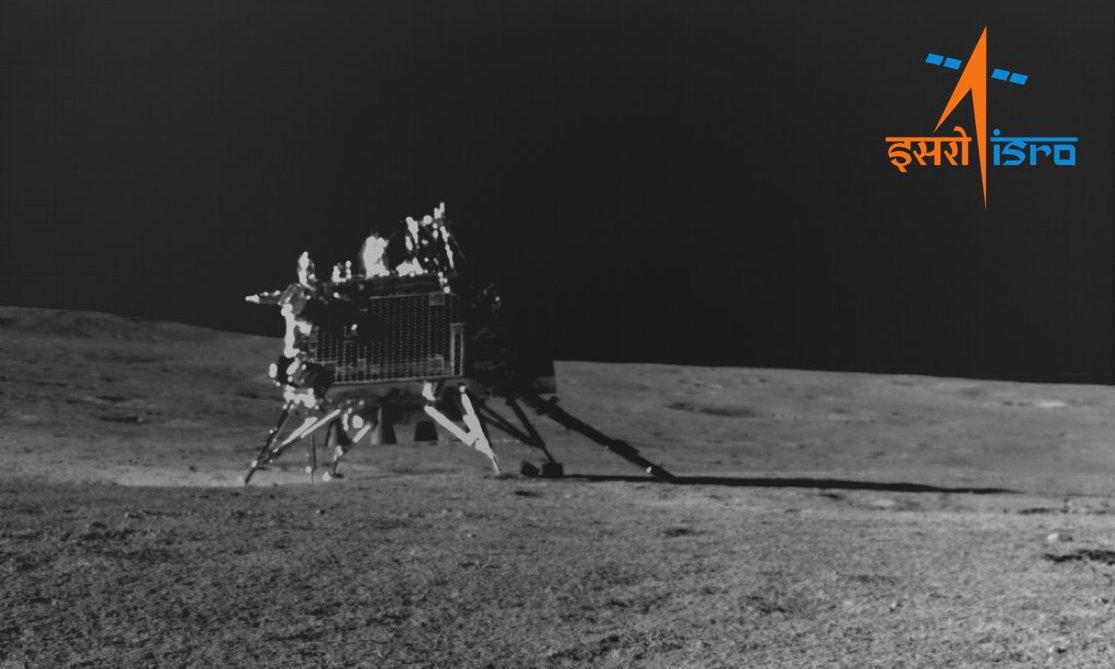
India’s lunar lander and rover have completed its main missions and have now moved on to secondary goals, one of which will see if it can survive the lunar night. The other was a bold hop across the surface to gather science in some slightly different pastures.
Vikram makes hop across the surface, for some reason
Chandrayaan-3 made history by bringing India into the exclusive club of landing an object safely on the Moon’s surface. However, the Vikram lander had another trick up its sleeve once it arrived on the Moon and gather its initial science readings, a hop. That’s right, Vikram lifted off from the lunar surface and made a second landing 30-40 centimeters away.
Okay we didn’t say it was a big hop, but a hop none the less.
After reeling in its surface experiments, Vikram flew in the opposite direction the rover was deployed in. Then the lander set out to redeploy its science instruments, and its rover ramp, and ISRO confirmed they were gathering new data.
While ISRO’s reasoning for the hop was to gather useful data on future sample return and human flights. It kinds seems over the top when there’s large amounts of data already out from previous landers and of course from NASA’s Apollo program.
Historically India is a very prideful and independent nation when it comes to its space program. In recent years it has opened up to collaborating and getting help from agencies like NASA and ESA on missions but it likes to do things by itself. So my theory is ISRO wanted to perform this operation to say they could do it. There’s no better experience than first hand experience for your controllers.
Join our Discord Server: Join the community with forums and chatrooms about space!
The two are set to sleep as lunar night comes
With the passing of the full moon last week, the Moon is now entering its nighttime period. Night on the Moon can last two weeks and for any solar panel powered mission usually means certain death. However, India prepared its missions in hope they will survive.
Shortly after Vikram’s hop, ISRO placed the Vikram into sleep mode. This usually means to shut down its science instruments and conserve as much power as possible while keeping fully charged batteries. This will hopefully mean the lander will be able to wake back up when its landing site regains sunlight in a few weeks.
The Pragyan rover was also put in sleep mode. The little rover has traversed about 100 meters (~328 feet) on the lunar surface and is also powered by solar panels. The rover, positioned not too far away from Vikram, faced its solar panel in the direction of the next local sunrise before also being set to sleep mode.
If these two spacecraft can make it through the lunar night without the need of nuclear power, which is what usually powers long duration lunar missions, it would be a huge achievement for India. However, according to ISRO, Vikram and Pragyan’s primary missions are complete so anything after now is bonus time for operators to gather more science and experience on the Moon.
In the mean time, we wish Vikram and Pragyan a good night, hope to see them awake come morning.
FTC: We use income earning auto affiliate links. More.




Comments